Piriformis syndrome is a condition characterized by the compression or irritation of the sciatic nerve by the piriformis muscle. This can result in pain, numbness, and tingling in the buttocks and down the leg. The impact of this syndrome on daily life can be debilitating, making early diagnosis and appropriate treatment crucial.
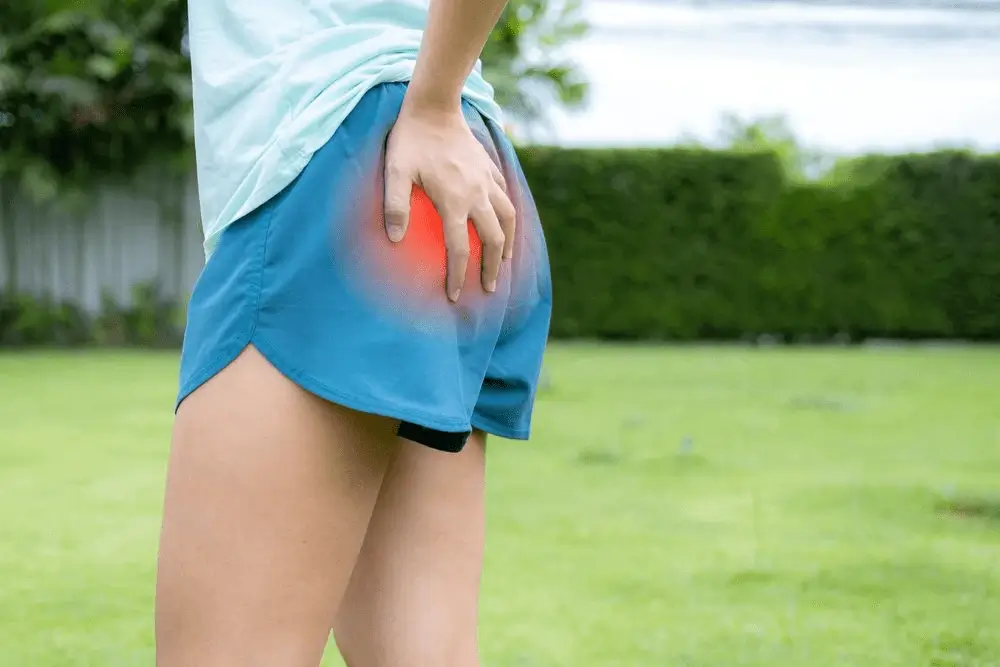
What is Piriformis Syndrome
The piriformis muscle is a small muscle located deep within the buttock region. It plays a role in stabilizing the hip joint and aiding in the rotation of the leg. However, in some cases, this muscle can become tight or inflamed, leading to compression of the nearby sciatic nerve.
Causes of piriformis syndrome include overuse, muscle imbalances, trauma, and prolonged sitting. Risk factors such as poor posture, muscle weakness, and previous injuries can increase the likelihood of developing this syndrome. Common symptoms include pain, tenderness, and numbness that radiates from the buttocks to the leg.
Accurate diagnosis typically involves a thorough physical examination, along with imaging tests and diagnostic injections.
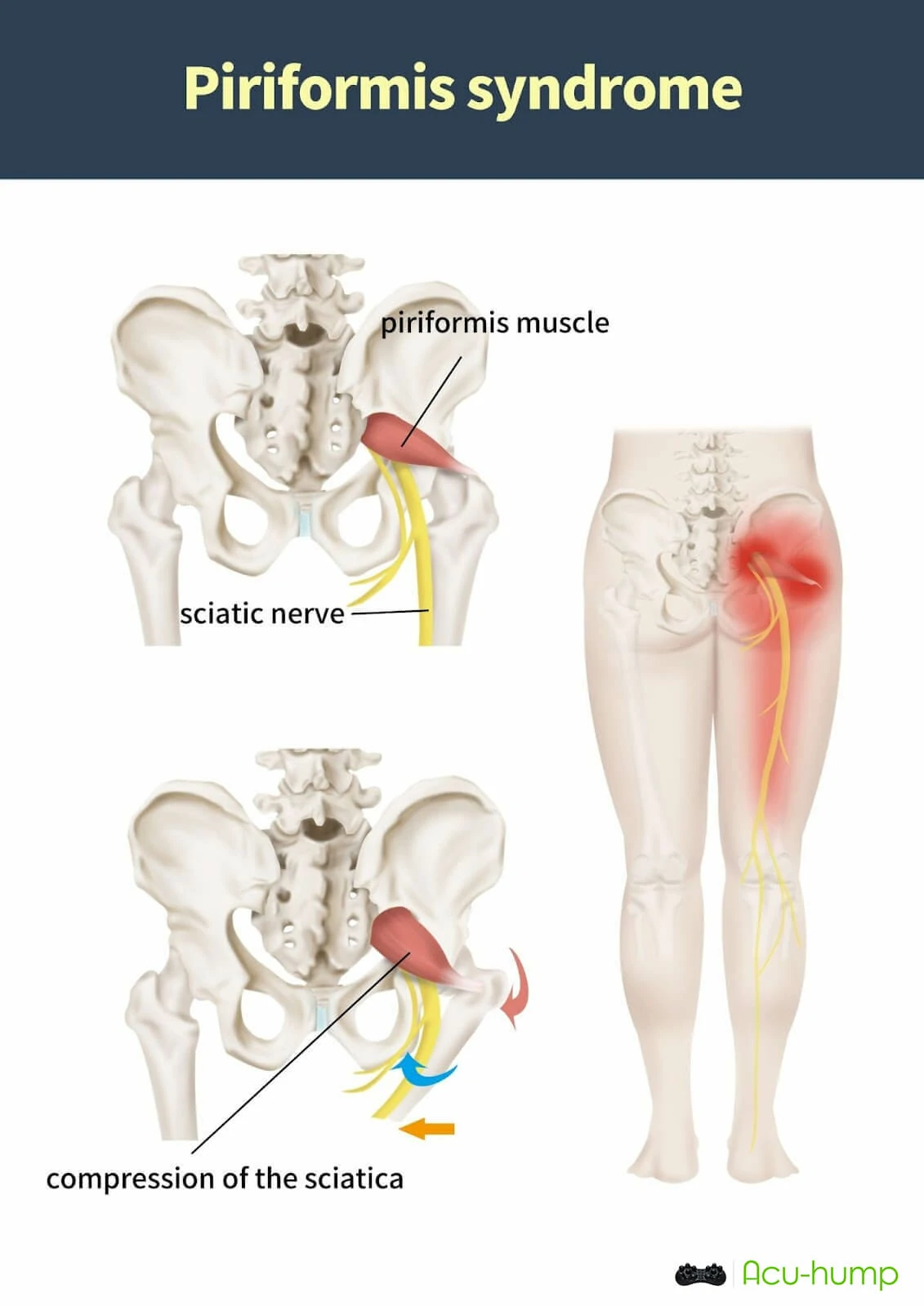
Treatment Options
Additional Therapies
1. Chiropractic Adjustments
Chiropractors use manual techniques to adjust spinal alignment and release pressure on the sciatic nerve. This can provide relief and improve overall function.
2. Acupuncture
Acupuncture involves the insertion of thin needles into specific points on the body to stimulate healing the signs piriformis. It can help relax the buttock muscles and alleviate piriformis pain. If some individuals are afraid of dry needling, you can also opt for massage as an alternative.
3. Massage Therapy
Massage can provide relief by promoting relaxation and alleviating piriformis muscle pain. Skilled therapists can target the piriformis muscle to help alleviate piriformis and improve mobility.
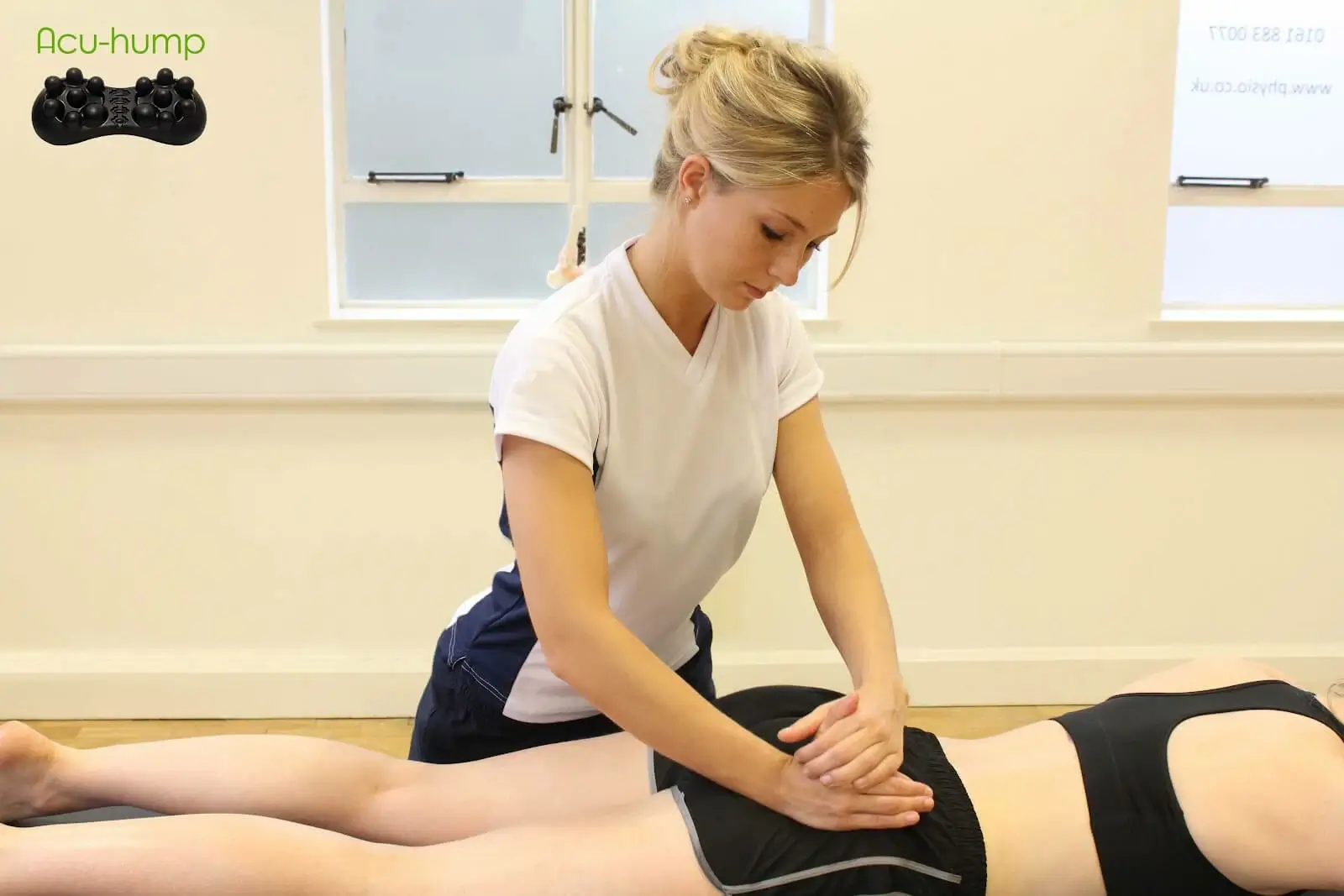
Non-surgical Approaches
1. Rest and Activity Modification
Resting the affected area and avoiding activities that worsen the pain is crucial for healing. Modifying daily activities to minimize strain on the piriformis muscle can also help. If experiencing piriformis pain, it is not recommended to go for walks or engage in physical activities.
2. Physical Therapy Exercises
A skilled physical therapist can design a customized exercise program to strengthen the surrounding muscles, enhance flexibility, and improve posture and body mechanics.

3. Stretching Routines
Specific stretches targeting the piriformis muscle and surrounding muscles can help relieve tension and reduce compression on the sciatic nerve.
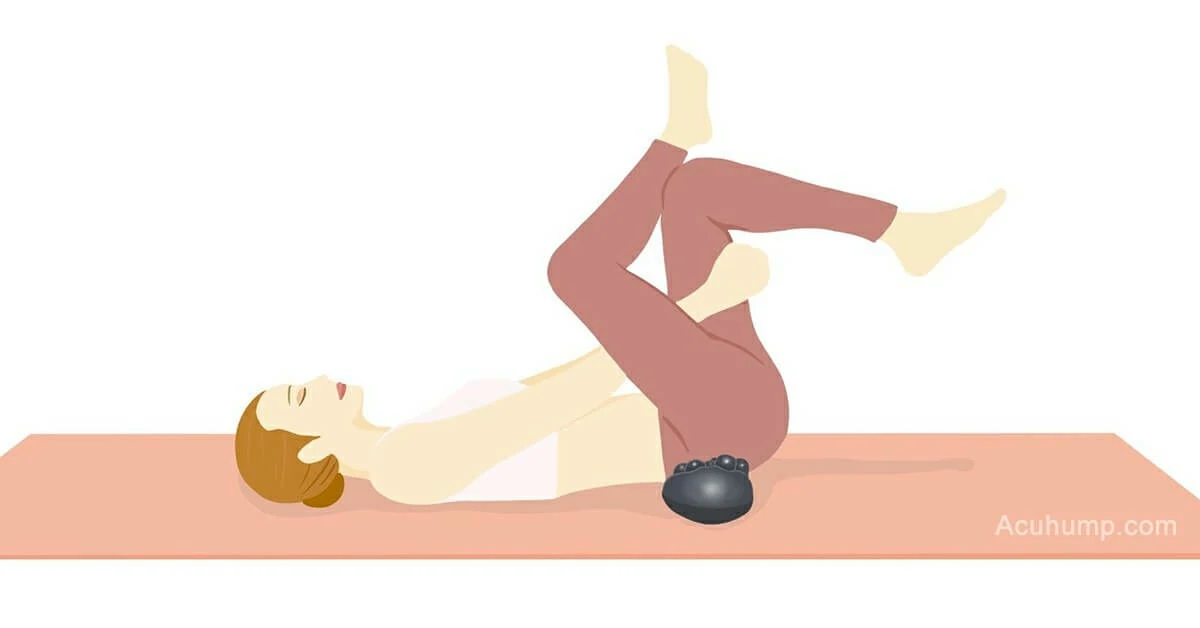
Want to enhance your stretching routine and achieve better results? Consider trying deep massage while stretching and explore the 10-minute Acu-hump tool’s piriformis syndrome workout. It focuses on relaxing the piriformis and its closely related muscles. Give it a shot!
Acu-hump® Release Piriformis Muscles

4. Heat or Cold Therapy
Applying heat or cold packs can provide pain relief and reduce inflammation in the affected area.
Medications and Injections
1. Over-the-Counter Pain Relievers
Non-prescription pain relievers such as ibuprofen or acetaminophen can help manage mild to moderate pain and reduce inflammation.
2. Prescription Medications
Muscle relaxants or anti-inflammatory drugs may be prescribed by a healthcare professional to alleviate piriformis pain and reduce muscle spasms.
3. Steroid Injections
In some cases, corticosteroid injections may be administered directly into the piriformis muscle to reduce inflammation and alleviate pain.
Surgical Interventions (in Severe Cases)
1. Surgical Procedures
Surgery is typically considered a last resort when other treatments have failed. It may involve lengthening or releasing the piriformis muscle to relieve pressure on the sciatic nerve.
If you want to know the circumstances under which surgery is required, you can refer to our other article.
2. Rehabilitation and Recovery
Following surgery, a comprehensive rehabilitation program is necessary to optimize recovery, restore function, and prevent recurrence.
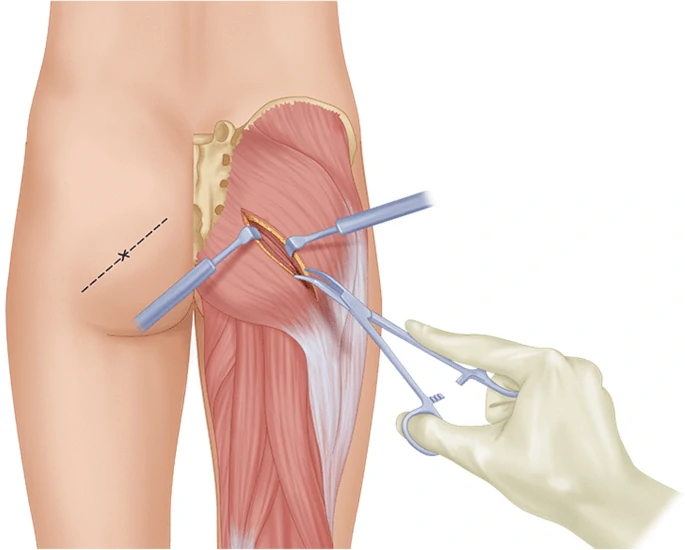
Prevention and Self-Care for Alleviating Piriformis
Preventing piriformis syndrome and managing its symptoms require long-term commitment and self-care. This involves:
– Performing regular exercises and stretches that target the hip and buttock muscles to strengthen them and maintain flexibility.
– Maintaining proper posture and body mechanics while sitting, standing, and engaging in physical activities to minimize strain on the piriformis muscle.
– Incorporating lifestyle modifications such as avoiding high-impact exercises, maintaining a healthy weight, and engaging in regular low-impact exercises like swimming.

Curing piriformis syndrome requires a comprehensive approach tailored to individual needs. The duration of piriformis pain varies from person to person.
Early diagnosis, accurate treatment, and a combination of therapies including massage, physical therapy exercises, medications, and, in severe cases, surgical interventions can help individuals find relief from symptoms and improve their quality of life. It is essential to consult with healthcare professionals for proper evaluation and personalized treatment recommendations in order to effectively manage piriformis syndrome.
